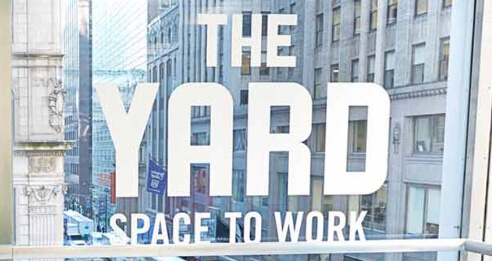
Largest Coworking Companies


There comes a point in the life of any successful business when the need to control the influx of clients becomes a necessity. In an industry where space is a commodity and the number of customers that can be serviced depends directly on the amount of square footage available, a coworking space that has reached its plateau of members must decide whether or not to implement the dreaded waitlist policy.
A waitlist, commonly used for universities and private schools, is a system of organizing the surplus of members that want to patronize your business. While a surplus of customers is usually a good thing in business, mismanaging the waitlist policy could make or break not only your business model but also damage the trust your target audience has in the business and incur a wealth of legal drawbacks. We’ve broken down the pros and cons of implementing a waitlist policy as well as a few other considerations so that you can make the most informed decision possible at this critical stage in the growth of your coworking space.
There is a ton of debate in the coworking world about whether or not businesses should charge potential clients a fee to be on the waitlist. While at first glance, this could look exploitative from a customer’s point of view, from the business end it does have merit. A waitlist fee can weed out people who aren’t really serious about becoming paying members for your space. A free waitlist could have the opposite effect of flooding your contact list with people who are interested in becoming members at that moment, but quickly lose interest or find another solution to their coworking needs down the road.
It may be worth it to consider your waitlisted clients on a case-by-case basis. Depending on the size of the business trying to get into the space, and the number of desks or areas you have available, the applicants may have more value to bring to the table than an individual freelancer. However, you should take steps to avoid offending anyone who has been on the waitlist for an extended period of time. It’s a fine line trying to foster positive relationships with potential clients while trying to accommodate the needs of what might be a more lucrative deal. In this oh-so-sensitive digital age, sometimes all it takes is one vexed individual or online community to threaten the good publicity you’ve worked so hard for.
While there are a wide variety of packages you could offer, we’ve chosen a few simple elements you might want to consider including in the terms of your waitlist, depending on the size of the team or business trying to get in.
The beauty of a waitlist is that it allows you (and your potential members) to keep your options open. You can continue running the business while fostering relationships with future members that will keep the space running. However, the downsides of a waitlist policy should be heavily considered and avoided so that trust in your coworking space is maintained. Whichever method is best for your business, know that these kinds of policies are not one-size-fits-all. The policy of your competitor may not necessarily be what your own coworking space needs. It’s important to really know your coworking members and what their specific needs are, and balance that with the steady growth of your business.
Save your community manager 41 hours each week—learn how The Yard did it with cloud-based access control.
Read the Case StudyThe Guide to Make Your Space More Profitable
Including interviews with experts and consultants.
Free access to our best guides, industry insights and more.
